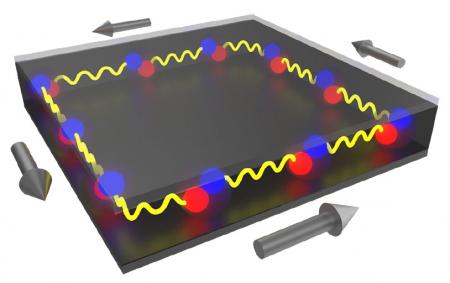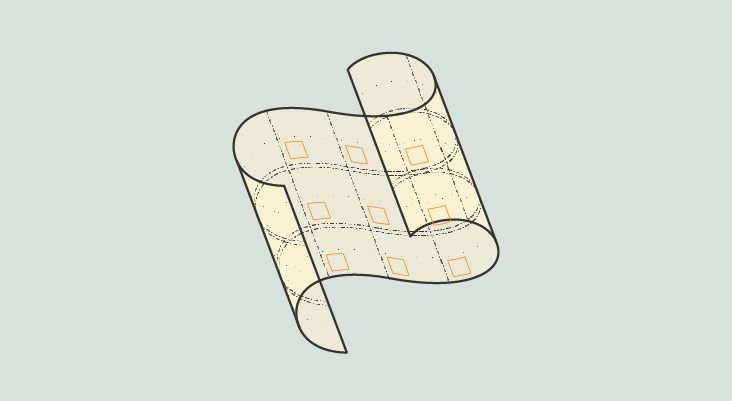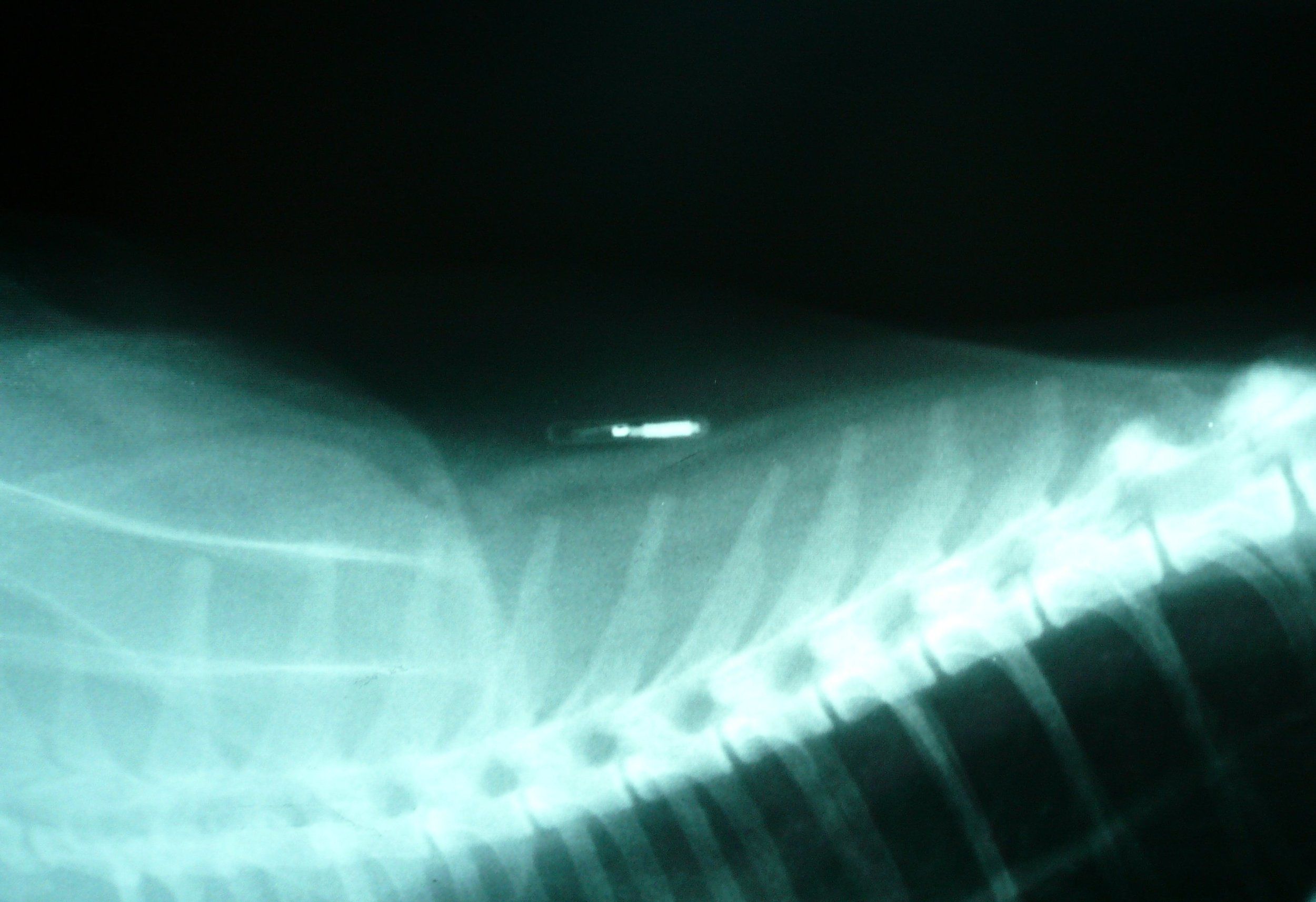Oct 8, 2015
Meet the laundry-folding washing machine of our lazy-ass future
Posted by Shailesh Prasad in categories: electronics, habitats, robotics/AI
Socks are the hardest. For a future washing machine that washes, dries and then folds the results, it’s one of the small barriers that remains in that latter stage. But as a research project that started back in 2008, Laundroid is finally getting there. Next year, the collaboration between housing firm Daiwa House, electronics company Panasonic and Seven Dreamers will start offering preorders, the year after that ‘beta’ machines, then folding machines for big institutions, with event full retail planned the year after that — we’ll be in 2019 by then. (That said, the all-in-one model is still at the in-development stage). There’s no price and the presentation we saw added in a bunch of mosaic filtering on top as the shirt gradually got folded so you couldn’t see how the thing actually works. But that’s okay. We can wait. It’s not going to stop us waiting our chore-dodging dreams to come true.
While the video teaser above gives you pretty much nothing of substance, at the on-stage demonstration, we saw a just-washed tee take a matter of minutes for the internal tech to sort, identify and fold. The tech involved is separated into two very separate parts: image analysis and robotics. With a hypothetical bundle of clothes, each item demands different folding (we’re going to say) techniques, so the machine needs to figure what that soft lump of cloth is, then prime it for folding. The presentation here at CEATEC elaborated (if only lightly) on the stages it’s taken to get to here: it’s been a pretty long journey.















